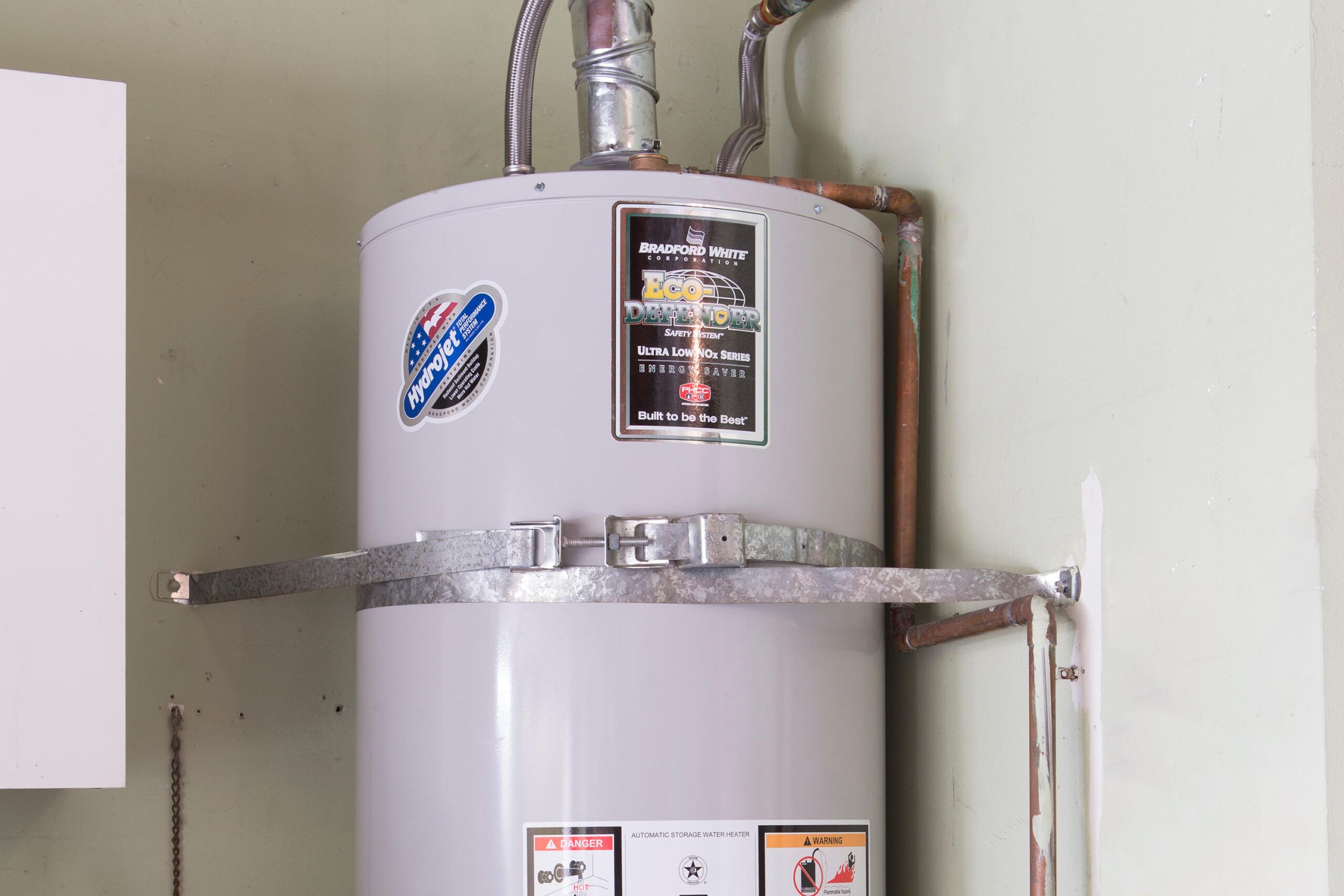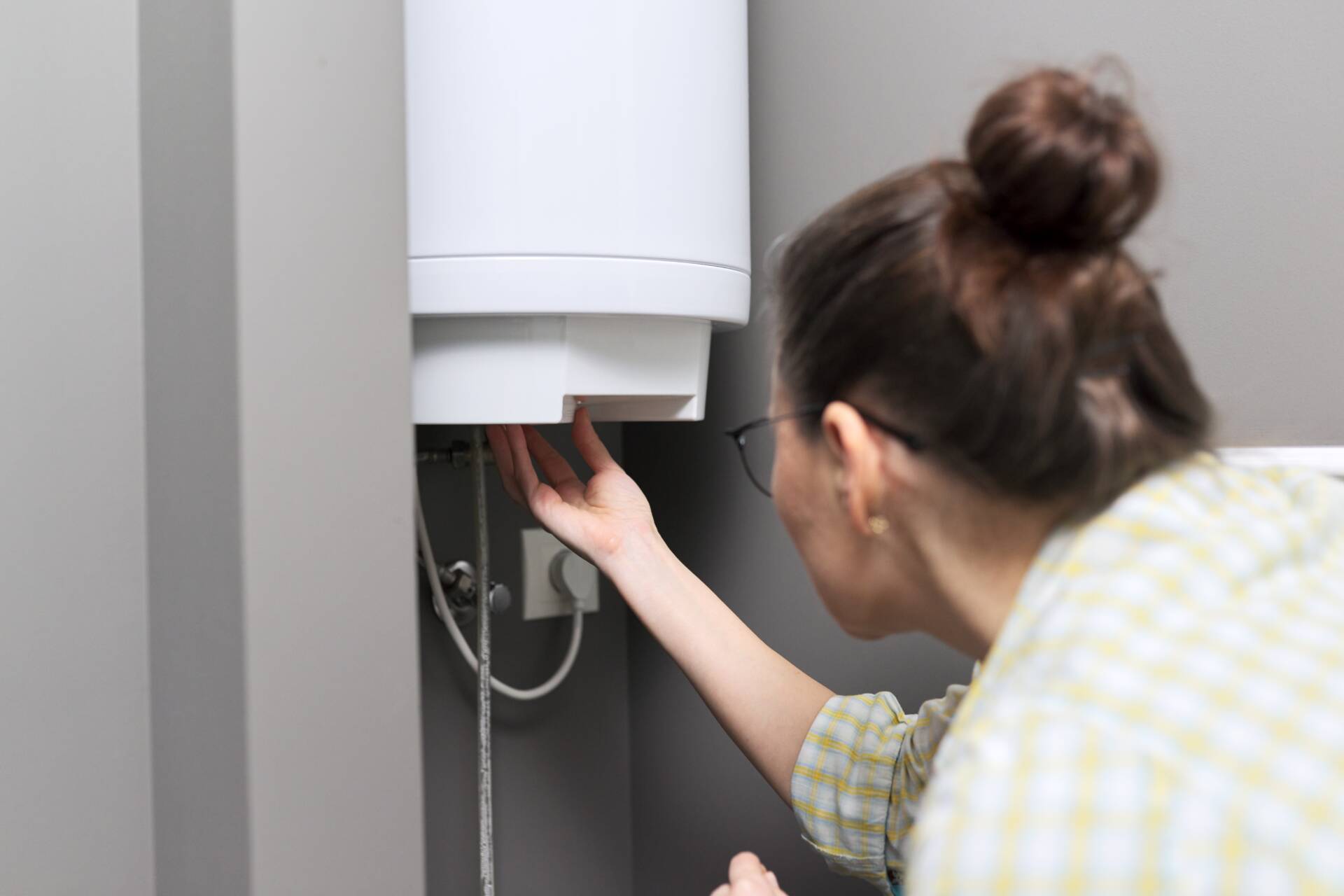How to Prolong the Lifespan of Your Home's Hot Water System Through Maintenance
How to Prolong the Lifespan of Your Home's Hot Water System Through Maintenance
Blog Article
Everybody maintains his or her own assumption with regards to How to Maintain Your Water Heater & Prolong its Life.

Warm water is crucial for daily convenience, whether it's for a rejuvenating shower or cleaning dishes. To guarantee your warm water system runs efficiently and lasts much longer, regular maintenance is crucial. This write-up provides useful pointers and insights on how to preserve your home's warm water system to avoid disturbances and pricey repair work.
Intro
Maintaining your home's hot water system could seem difficult, yet with a couple of simple steps, you can ensure it runs smoothly for many years to find. This overview covers every little thing from recognizing your warm water system to do it yourself maintenance ideas and recognizing when to hire expert assistance.
Value of Keeping Your Warm Water System
Normal upkeep not just extends the lifespan of your hot water system but also guarantees it runs efficiently. Overlooking upkeep can bring about decreased efficiency, higher power costs, and also early failing of the system.
Indications Your Hot Water System Requirements Maintenance
Understanding when your hot water system requires interest can protect against significant issues. Look out for indications such as irregular water temperature level, weird noises from the heating unit, or corroded water.
Comprehending Your Warm Water System
Prior to diving right into upkeep jobs, it's helpful to comprehend the basic components of your hot water system. Usually, this consists of the hot water heater itself, pipes, anode rods, and temperature level controls.
Regular Monthly Maintenance Tasks
Regular monthly checks can aid capture minor issues prior to they rise.
Purging the Hot Water Heater
Flushing your water heater removes sediment buildup, improving efficiency and prolonging its life.
Checking and Replacing Anode Rods
Anode poles protect against rust inside the storage tank. Examining and replacing them when worn out is crucial.
Evaluating and Changing Temperature Setups
Readjusting the temperature level setups makes sure ideal performance and safety.
DIY Tips for Maintenance
You can execute several upkeep tasks yourself to maintain your hot water system in leading problem.
Checking for Leakages
Frequently evaluate pipes and connections for leakages, as these can result in water damages and higher bills.
Examining Stress Relief Valves
Examining the stress relief valve ensures it operates appropriately and stops excessive pressure accumulation.
Insulating Pipes
Shielding hot water pipelines decreases warmth loss and can save power.
When to Call a Specialist
While do it yourself upkeep is beneficial, some problems call for professional experience.
Complicated Issues Calling For Professional Aid
Examples consist of major leakages, electrical troubles, or if your water heater is consistently underperforming.
Routine Specialist Upkeep Benefits
Expert maintenance can include detailed inspections, tune-ups, and making certain compliance with security criteria.
Conclusion
Routine maintenance of your home's hot water system is crucial for efficiency, longevity, and expense financial savings. By following these suggestions and recognizing when to look for professional aid, you can make certain a trustworthy supply of hot water without unforeseen interruptions.
Water Heater Maintenance: The Basics
Maintaining your water heater will ensure it operates efficiently and has a longer lifespan. Neglecting regular maintenance can lead to costly repairs and an even bigger chunk of your savings if you have to replace it sooner than necessary. But there’s good news: Most water heater maintenance tasks are relatively simple and easy for homeowners with basic DIY skills.
Flush the Water Heater
Over time, sediment and minerals can build up in the tank, reducing its efficiency and potentially causing damage. To flush the tank, turn off the power or gas supply, attach a hose to the drain valve near the bottom and open the valve to drain the water until it runs clear. Ideally, flush the tank annually.
Replace the Anode Rod
The anode rod is a sacrificial metal rod that helps prevent corrosion inside the tank. Inspect and replace it every three to five years or per the manufacturer's recommendation. To replace the anode rod, turn off the power or gas supply, drain a few gallons of water from the tank, unscrew the old rod and replace it with a new one. If the anode rod is significantly corroded or covered in calcium buildup, it's a sign the water heater may need to be replaced soon.
Tune-Up
A yearly tune-up can help identify potential issues and ensure your water heater operates at peak efficiency. This typically involves checking the thermostat, burner assembly (for gas heaters) and any other components specified by the manufacturer. During a tune-up, the technician may also clean the burner and adjust the pilot light (for gas heaters) or examine the heating elements (for electric heaters).
How to Maintain Your Water Heater
Insulate the tank. Insulating the tank can improve energy efficiency and reduce heat loss, saving you money on energy bills. You can purchase precut insulation blankets designed specifically for water heaters or use standard fiberglass insulation wrapped securely around the tank. Check the temperature. The recommended water temperature for most households is around 120 degrees Fahrenheit (49 degrees Celsius). Higher temperatures can increase energy costs and potentially cause scalding. Use a kitchen thermometer to check the temperature at the faucet nearest the water heater. Monitor water pressure. Excessive water pressure can strain the water heater and cause leaks or even tank failure. Install a pressure-reducing valve if necessary. The ideal water pressure range is between 60 and 70 PSI (pounds per square inch). Test the temperature and pressure (T&P) relief valve. The T&P relief valve is a safety feature that releases pressure if the tank gets too hot or the pressure builds up too high. Test it annually by lifting the lever and allowing a small amount of water to release. Replace the valve if it doesn't release water or reseal properly. Check for leaks. Regularly inspect the tank, pipes and fittings for leaks or corrosion. Deal with issues promptly to prevent further damage. Even a small leak can lead to significant water damage over time. Consider a tankless water heater. If your traditional tank-style water heater is nearing the end of its lifespan ( typically 10 years), consider replacing it with a tankless water heater. These units heat water on demand, reducing standby energy losses and potentially saving you money on your energy bills. Schedule professional maintenance. While homeowners can perform many water heater maintenance tasks, it's still a good idea to schedule professional maintenance every few years. A plumber or HVAC technician can thoroughly inspect the unit, identify potential issues and ensure it operates safely and efficiently. https://www.homeserve.com/en-us/blog/home-improvement/hot-water-heater-maintanence/

As a devoted person who reads about What Kind of Maintenance Do Water Heaters Need?, I assumed sharing that piece of content was worth the trouble. Appreciated our entry? Please share it. Let another person discover it. We cherish your readership.
Book Service Now Report this page